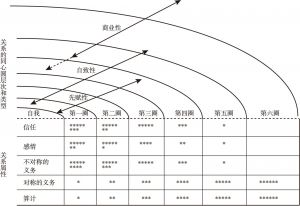论文
活化“社会嵌入性”的内容:一项关于中国人寿保险交易的民族志
摘要
本文基于在中国14个月的民族志调查,引入文化和符号互动的相关理论,来理解经济交易中的社会嵌入性。首先,笔者构建了一个以关系强度为基础,并综合定义原则、关系属性和互动行为的分析框架,用来分析中国人寿保险交易的变化。田野资料显示,直到销售者的经济收益公开之前,交易都非常普遍地发生在强关系中。笔者认为,界定这些强关系的道义-感情性原则,和构成这些强关系的高度信任、感情和不对称的义务,对经济交易来说,是一把双刃剑。随着制度环境的变化,经济交易更多地发生在中等强度或弱强度的关系中,因为这些关系有互补性的元素(尽管在极端的制度条件或偶然性条件下,强关系之间仍然会有直接的经济交易)。此外,笔者还展现了拟剧互动,经济行动者借此发挥他们的能动性,这是嵌入的经济交易的一个组成部分。
关键词
检索正文关键字
论文目录
- 一 分析框架:关系强度与经济交易
- 二 将此分析框架应用于中国人的“关系”
- 三 民族志方法与资料收集
-
四 在不同的关系强度中进行的社会嵌入的交易
- (一)发生在强关系中的反射性信任交易
- (二)发生在强关系和中等强度关系中的义务性交易
- (三)强关系变成禁区
- (四)发生在中等强度和弱强度关系中的人殊性交易
- 五 概括与推论
- 六 结论:社会嵌入性中的文化
- 附录
相关文献
查看更多>>>





